Lady Elliot Island is a nature lover’s sanctuary and regardless of what time of the year you visit there is always so much to see. We often get asked “What time of the year is best to visit the Island”, this may seem like an easy question to answer but it really depends on what type of interaction you are hoping for, the information below and nature’s calendar may help you to decide.
Nature’s Calendar
Manta Ray Season*
Lady Elliot Island is known as the ‘Home of the Manta Ray’ and these giant kites of the sea can be seen feeding around the island throughout the year but aggregate in larger numbers during the winter months. The manta ray is the world’s largest ray, with a wing span of up to seven meters.
Manta alfredi, the species found on Lady Elliot island, is known to occur off both the western and eastern Australian coasts. Early data from Project Manta showed that manta rays travel a distance of at least 500km between Lady Elliot Island in Queensland and Byron Bay in New South Wales within few months.
Project Manta visit Lady Elliot Island three (3) times a year as part of their multidisciplinary study of manta rays, established in 2007, that aims to provide much needed biological and ecological information on the species in eastern Australia.
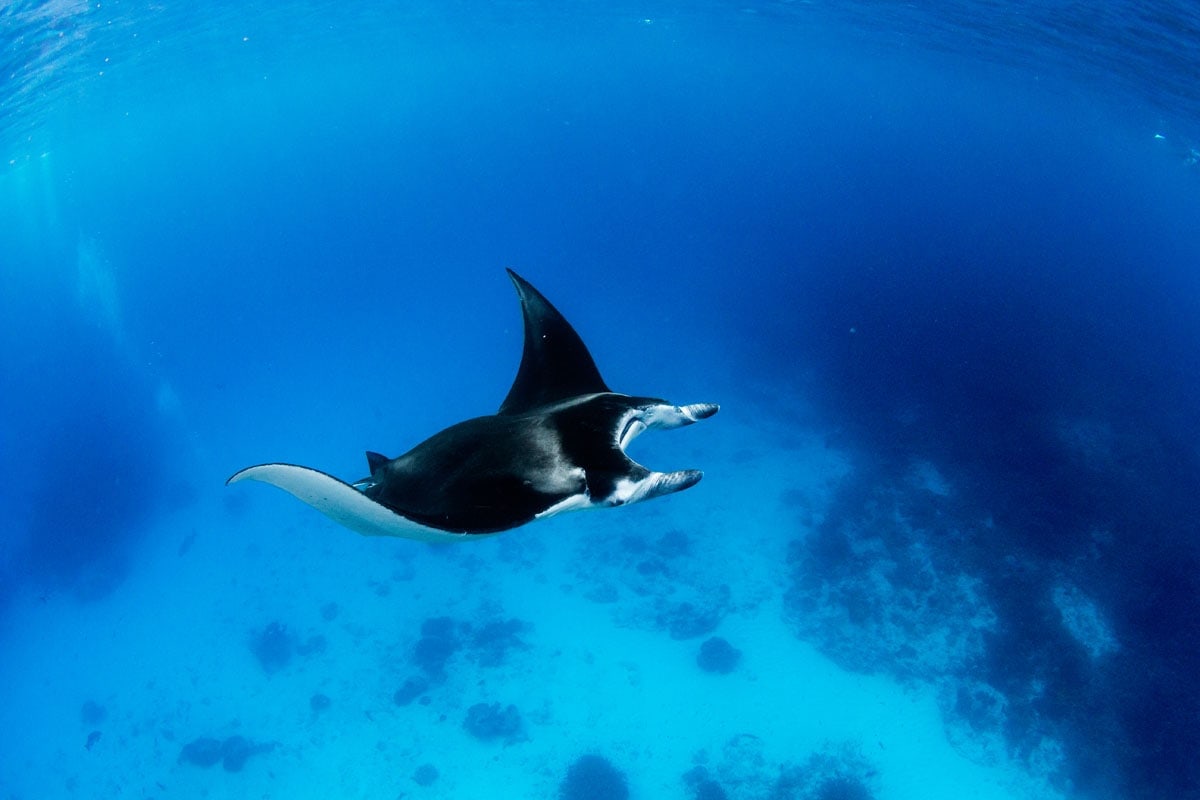
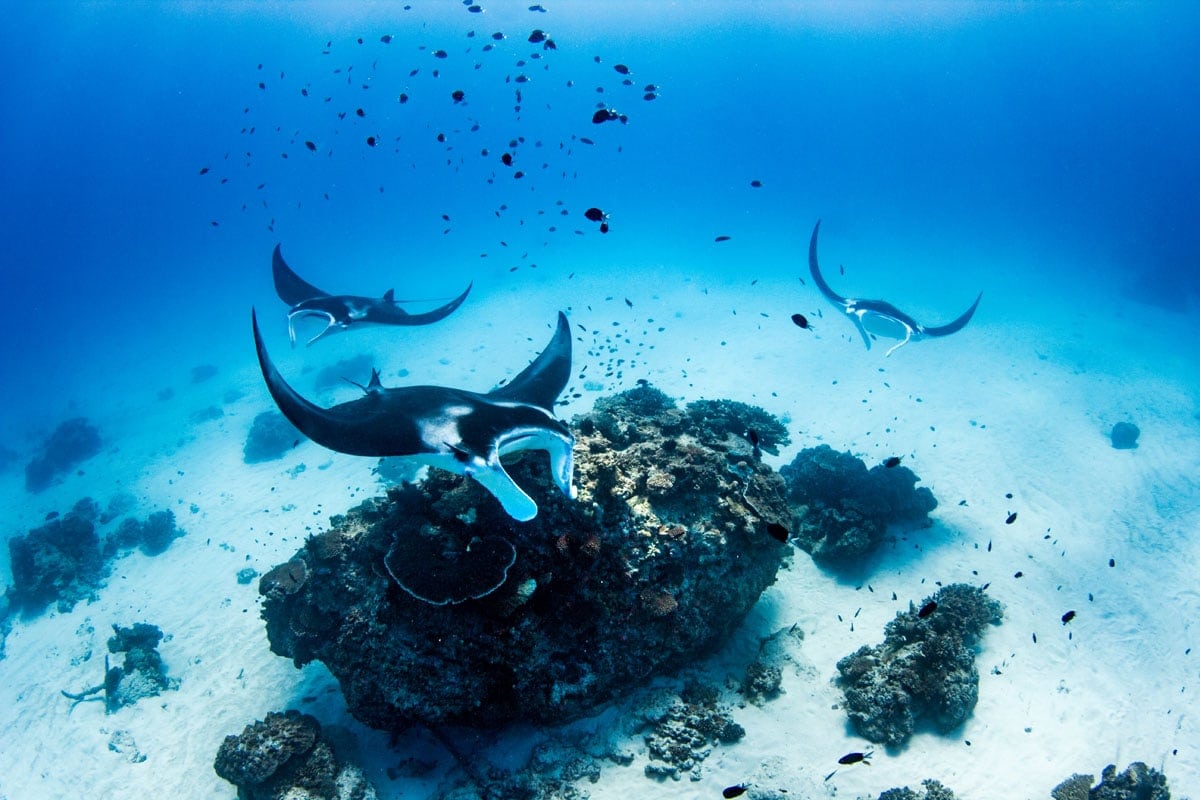
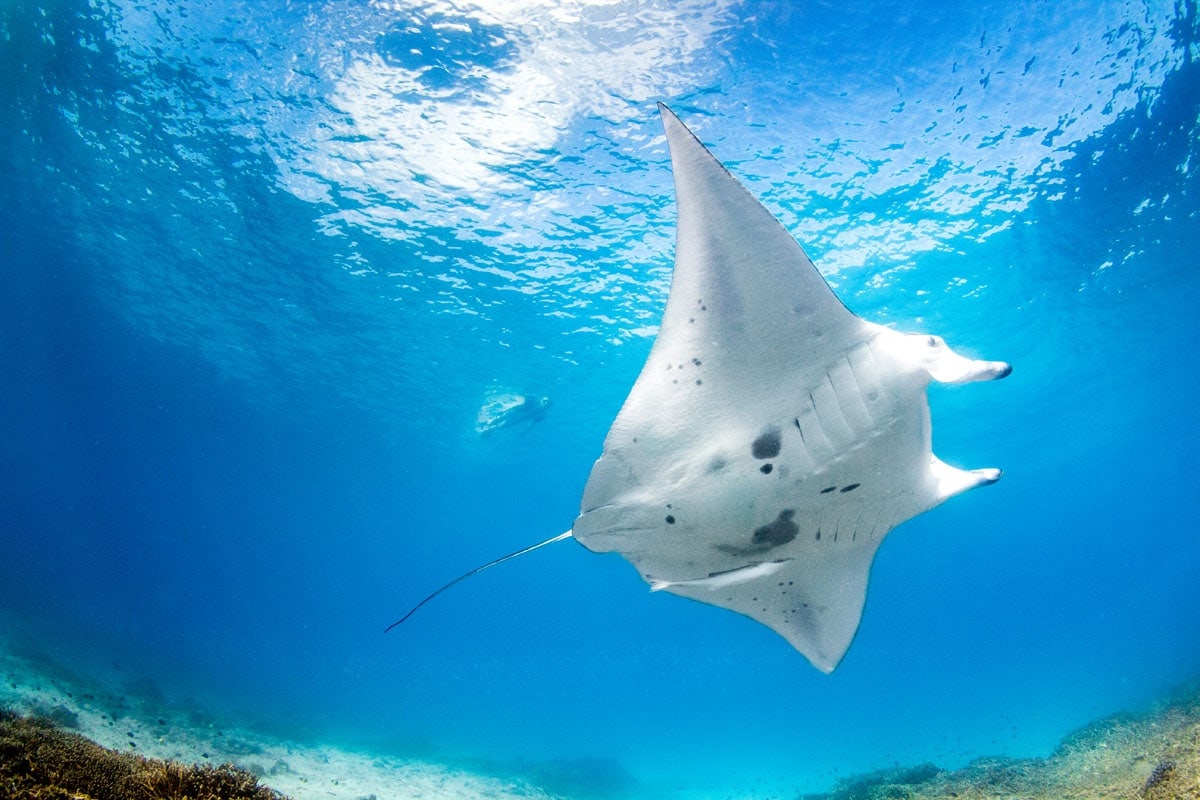
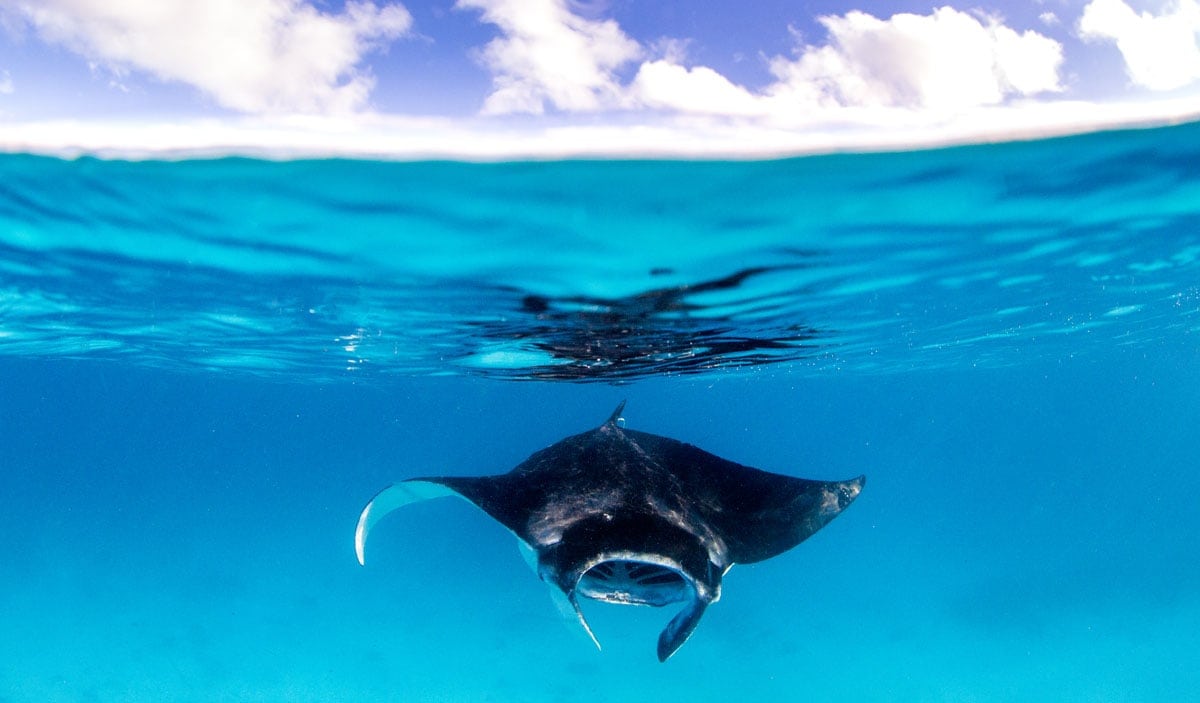




Take an underwater tour of the Island’s Manta Ray cleaning stations and listen as Marine Biologist Richard Fitzpatrick uses a full face mask to provide a commentary of dive site Lighthouse Bommies and Manta Ray behaviour.
Marine Wonderland*
Although the wonder of the Great Barrier Reef can be enjoyed throughout the year on Lady Elliot Island, water visibility during May and June is exceptional and this is when the manta rays are particularly prevalent. Compare our average visibility of over 20 metres and warmer water than the southern states during summer.
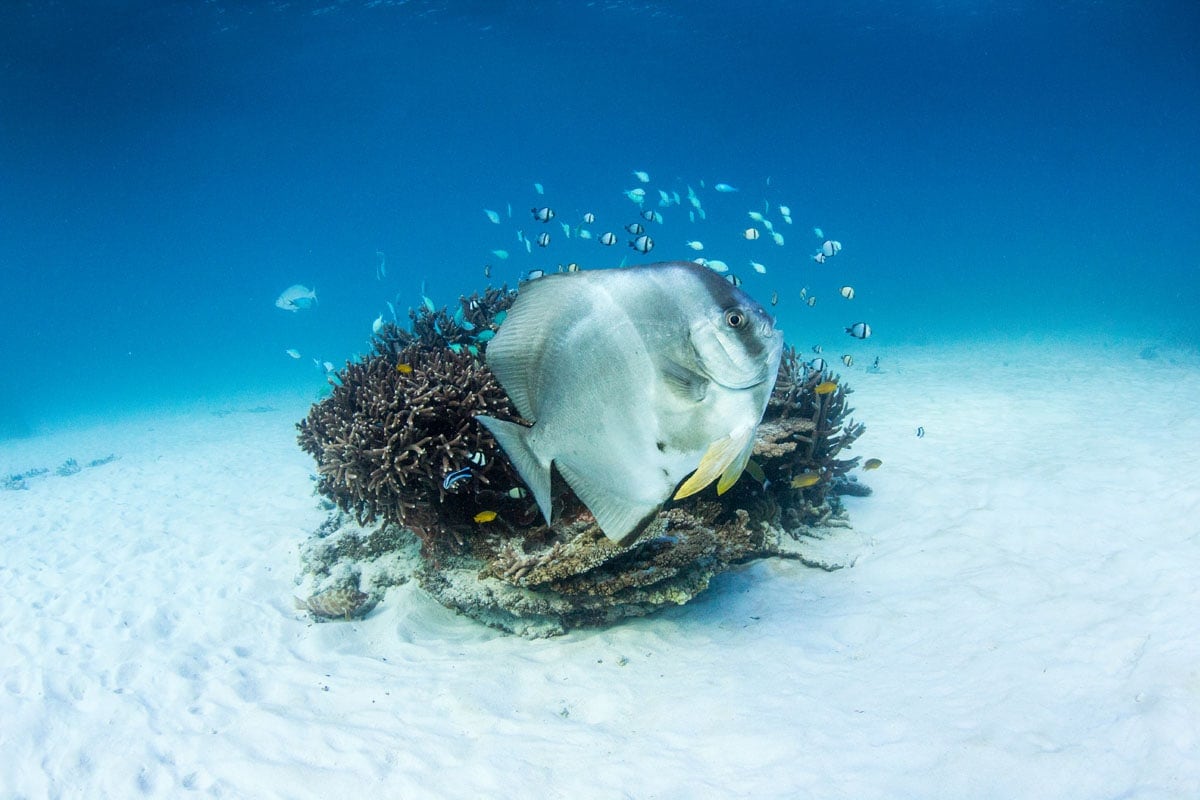
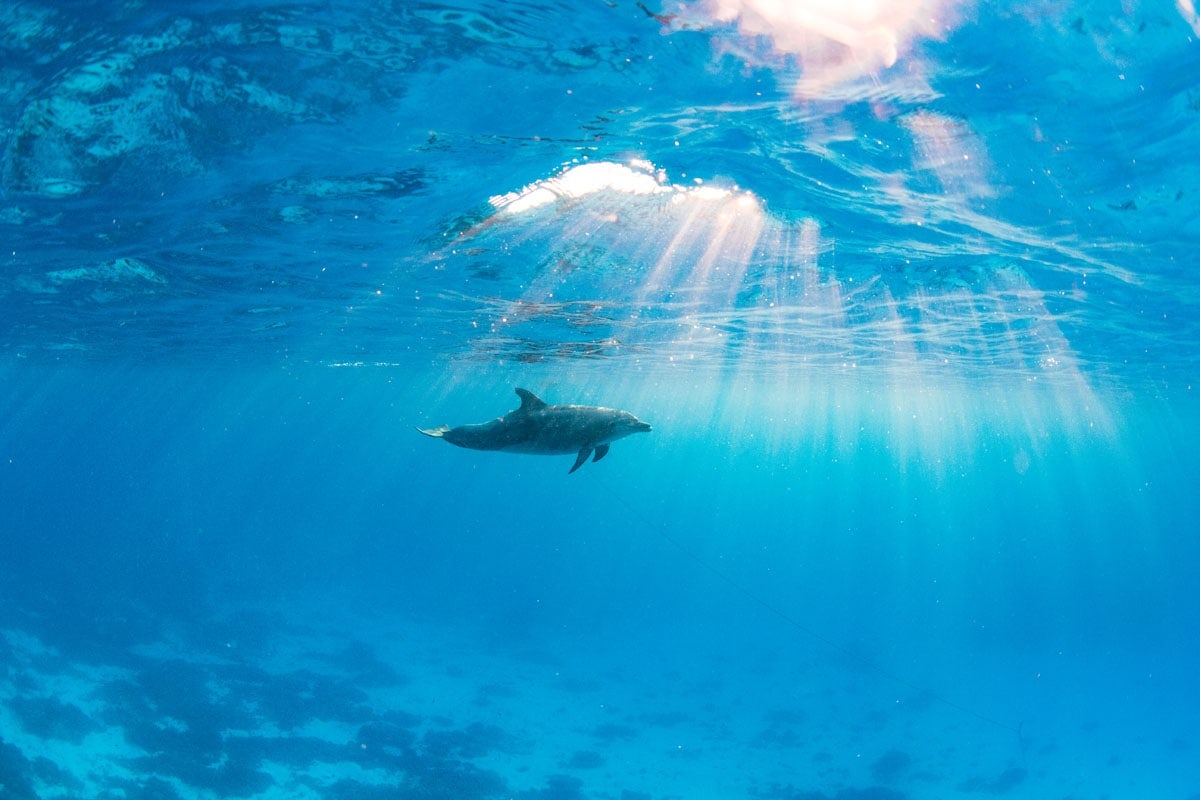
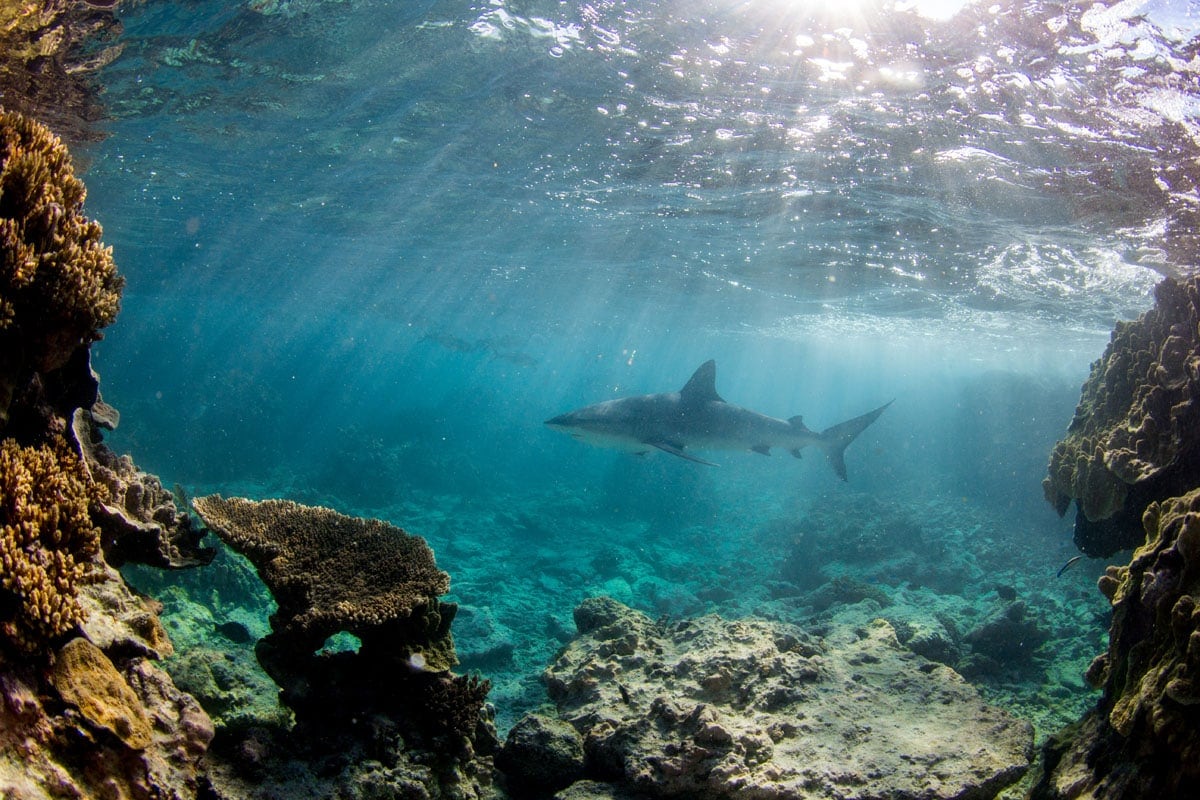





Turtle Nesting*
We are very fortunate to have three (3) species of sea turtles frequent Lady Elliot Island throughout the year – Hawksbill, Green and Loggerhead turtles. Green and Loggerhead turtles are the only ones that nest on the Island, nesting occurs on Lady Elliot Island between November and March. Nesting normally happens after dark when there is sufficient water for them to swim ashore, usually in association with the high tide. Nests can be found anywhere around the Island but the majority of nests have been recorded in the sand dunes in front of the resort and either end of the airstrip.
These gentle giants nest on Lady Elliot Island up to nine times in a season, laying between 80 and 120 eggs per clutch. Under the careful guidance of our Turtle Rangers, guests of all ages can experience this amazing phenomena.
Turtle Hatching*
At the end of the nesting season thousands of baby turtles push through their sand nest on their way to the sea. This wonder of nature occurs only metres from the resort beach front balconies and can be observed at close quarters by all. Turtle hatching season normally runs from February through to April.
During the nesting and hatchling season (November to April) you can help to protect turtles and turtle hatchlings by:
- Strictly no torches are to be used on the beaches after dark. Nesting turtles are easily disturbed by artificial light, movement and noise. Torch lights will also disorientate turtle hatchlings.
- Minimise the amount of artificial light in the resort by turning off room lights (inside and out) and by keeping your curtains drawn. This will prevent turtle hatchlings becoming lost in the resort.
- Never interfere or handle turtle hatchlings and most importantly never place a turtle hatchling directly into the water. Inform a staff member if you are concerned about their wellbeing, but otherwise stand back and enjoy the spectacle.
- Don’t litter on land or in the ocean.
- Participate in the turtle education activities during your visit.
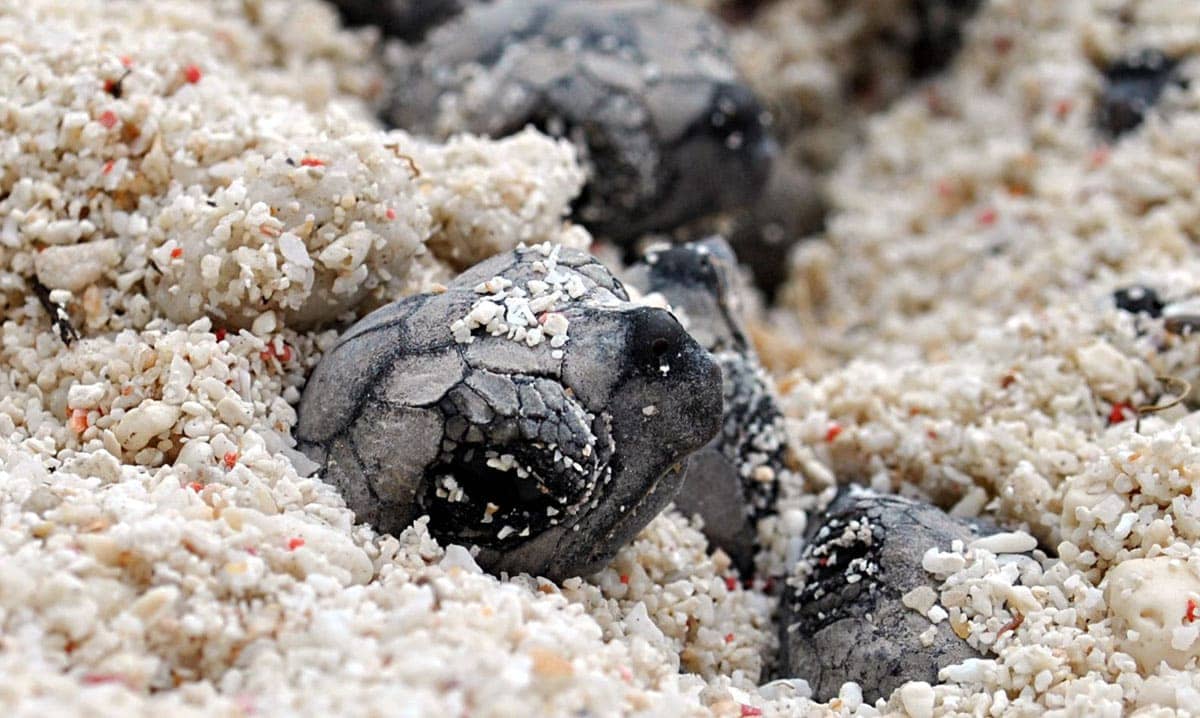
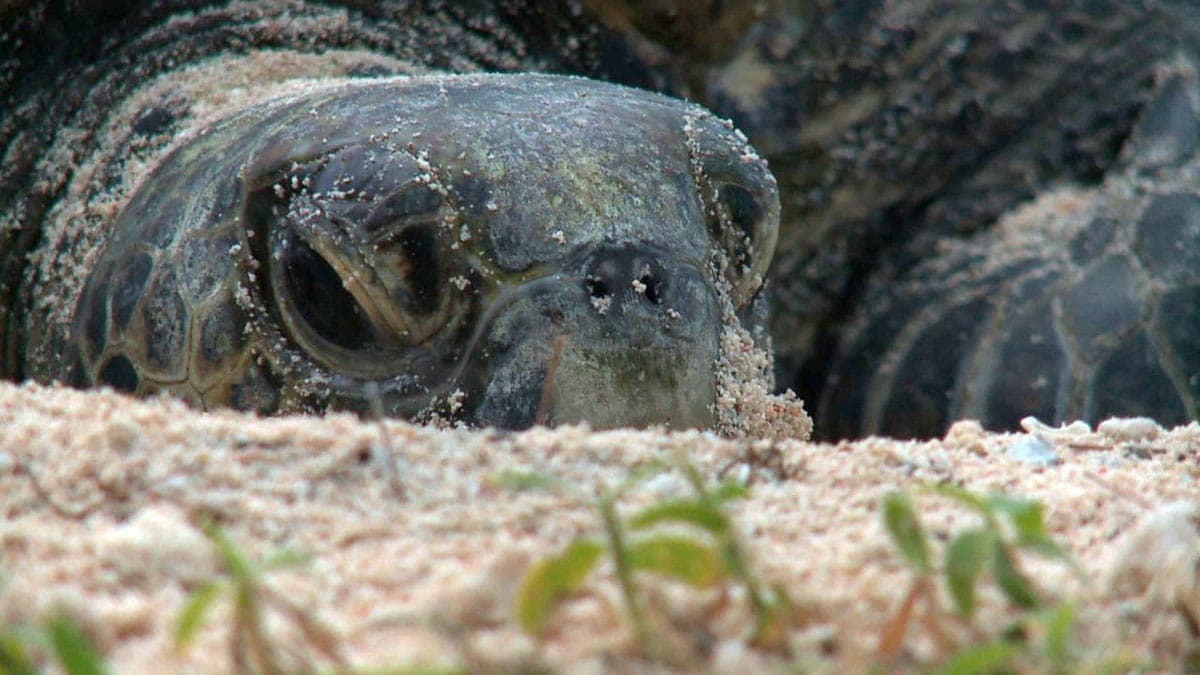
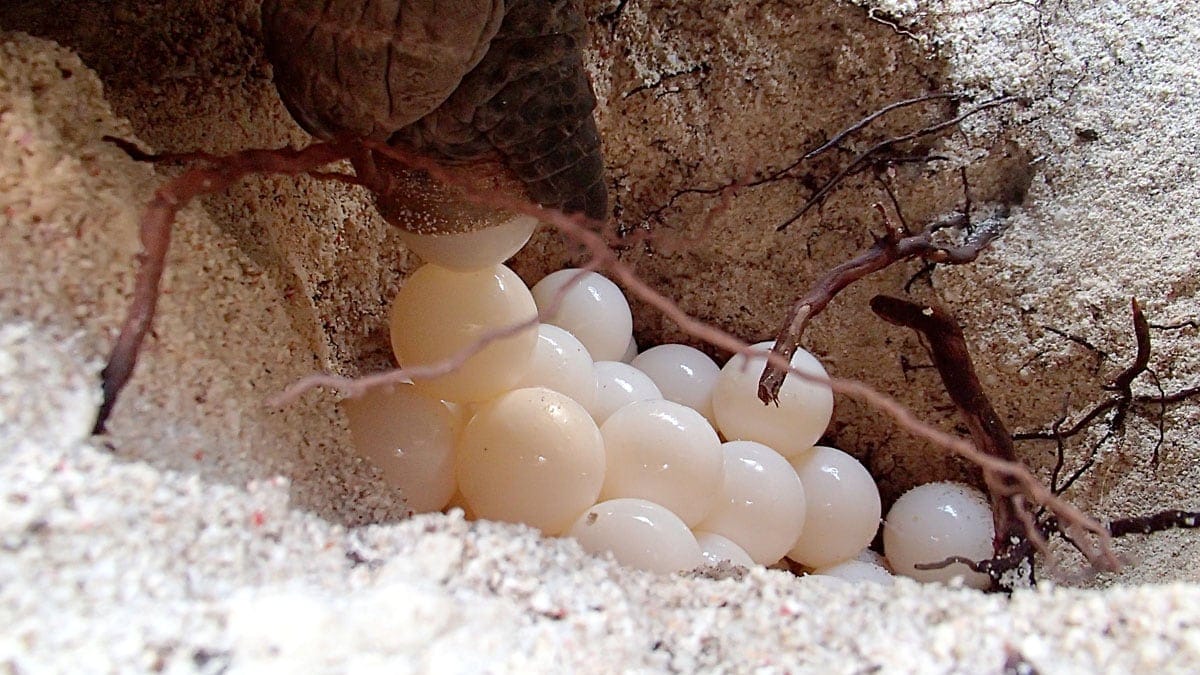
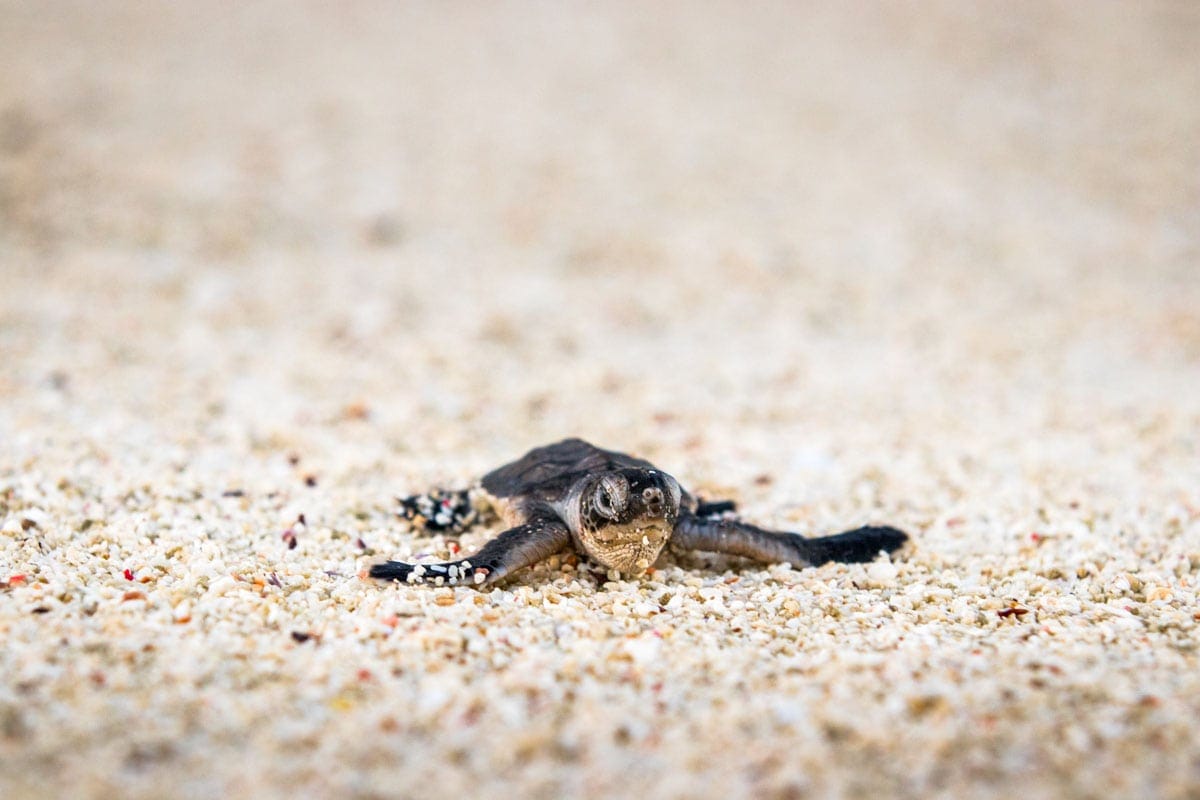




Bird Season
Lady Elliot Island is a bird lovers haven with thousands of sea birds nesting on Lady Elliot Island during the summer breeding season. It gets quite busy and a little noisy at times (and sometimes a bit smelly) but it’s a very entertaining time on the Island!
On Lady Elliot Island we refer to the birds in four categories:
- Residents – Resident birds inhabit Lady Elliot Island all year round, breeding in season.
- Breeders – Seabird breeders arrive on the island solely to nest and raise their young between September and March. A small number of breeders remain resident all year round.
- Migrants – Migrant birds inhabit the northern hemisphere and visit Lady Elliot Island during the northern winter. They return to the northern hemisphere for the breeding season.
- Visitors – Visiting birds that spend an extended period on Lady Elliot Island but do not breed.

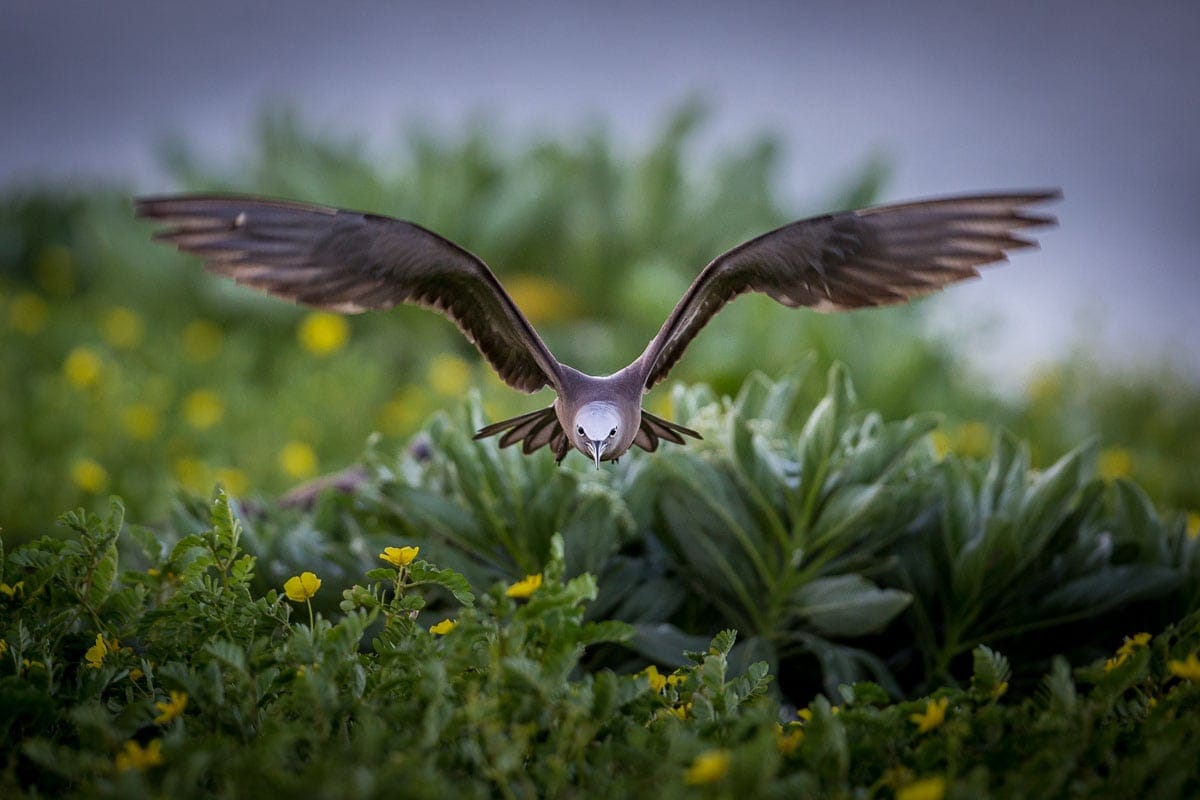
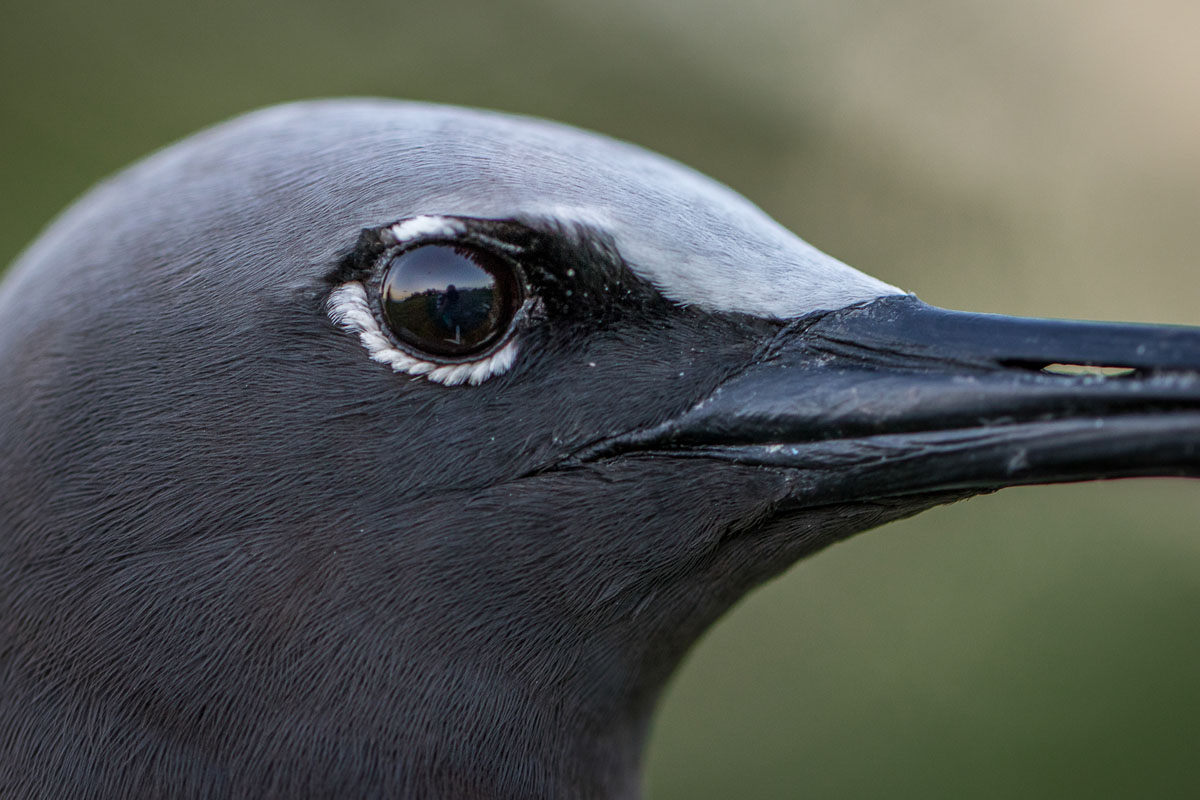
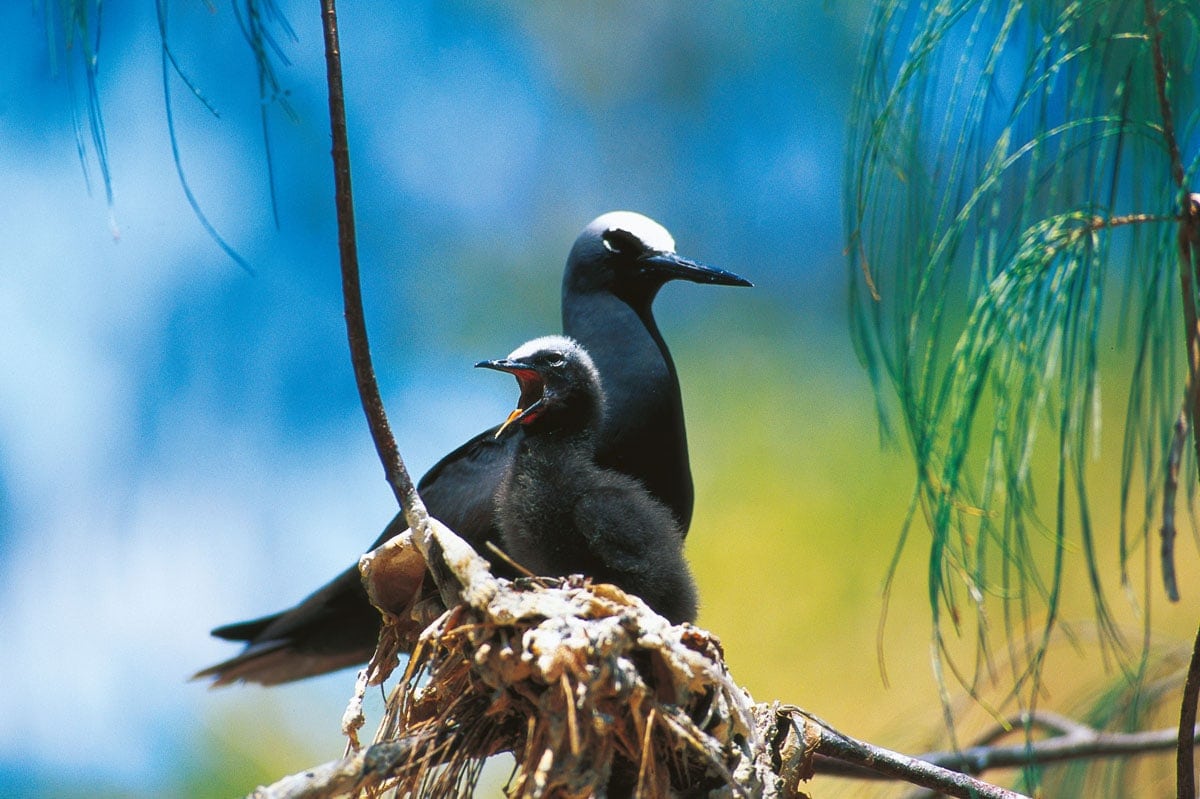




Migrating Whales*
From June to October these graceful creatures migrate past Lady Elliot Island. Regular sightings occur on the scenic flights, from the glass bottom boat, whilst snorkelling or diving and from the Island’s beaches. Almost daily during the season, whale songs can be heard under the water while swimming, snorkelling and diving around Lady Elliot Island.
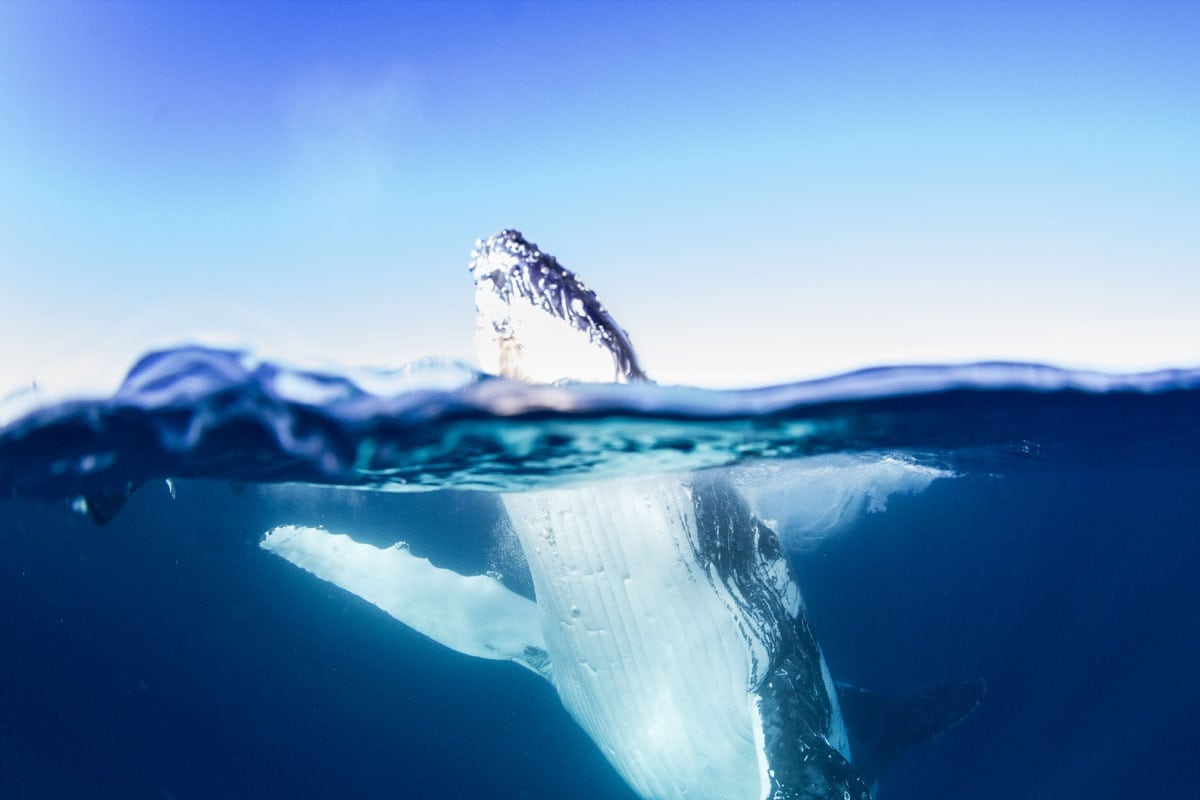
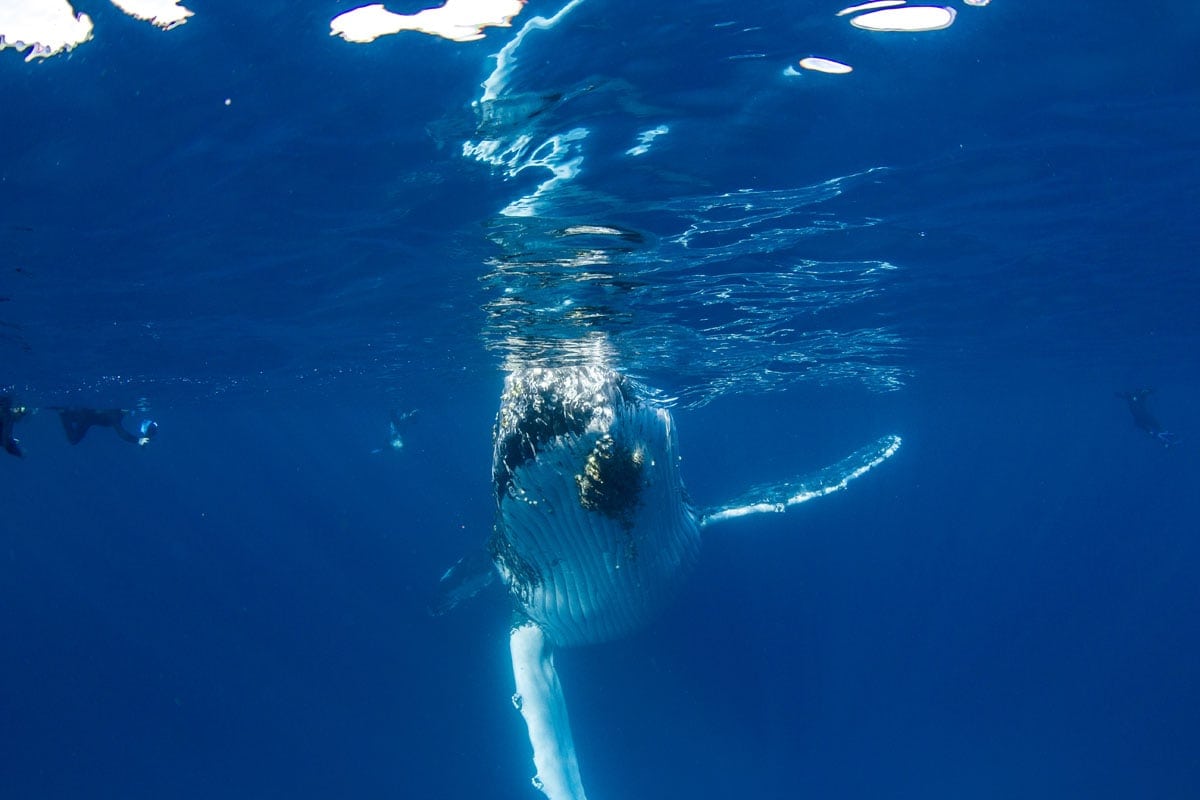
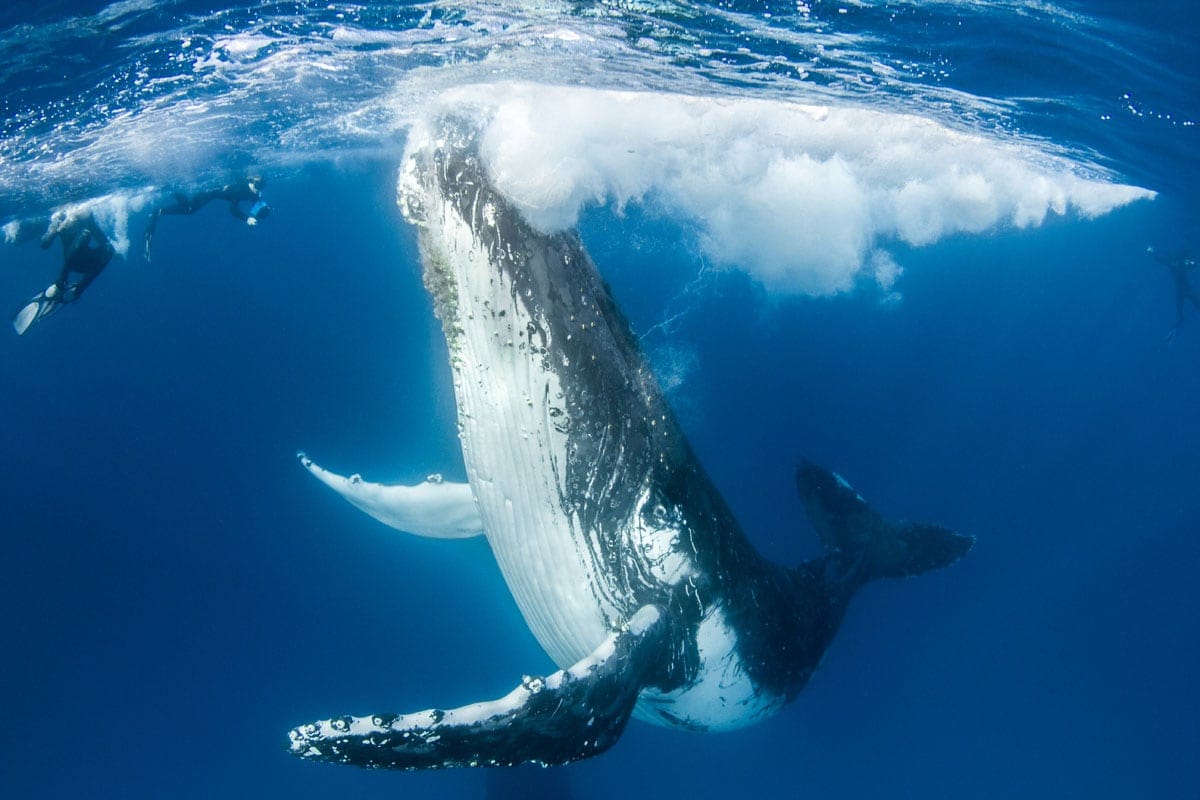
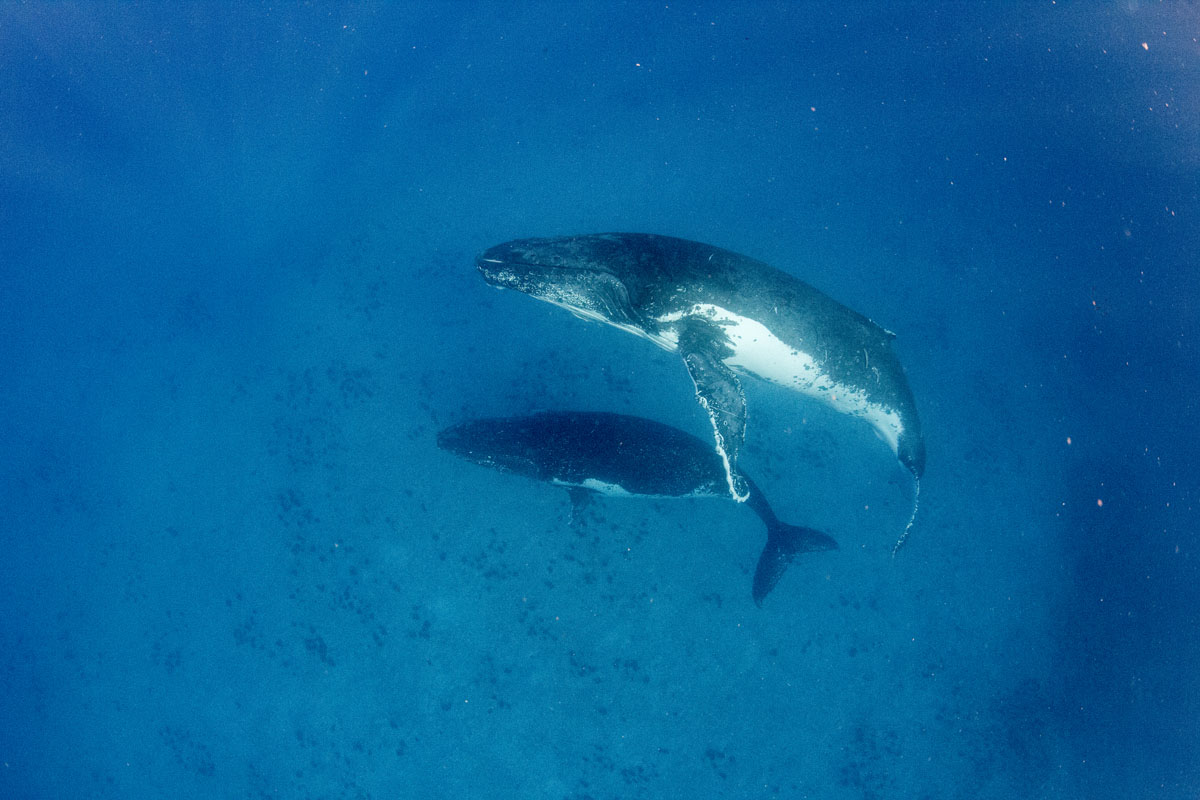




Coral Spawning*
One of the most spectacular events to occur on the Great Barrier Reef is the annual synchronised spawning of corals. This mass reproduction only happens once a year. It involves colonies and species of coral polyps simultaneously releasing tiny egg and sperm bundles from their gut cavity into the water. By expelling the eggs and sperm at the same time, the coral increases the likelihood that fertilisation will take place.
The mass spawning occurs after a full moon and only after rising water temperatures have stimulated the maturation of the gametes within the adult coral. The spawning lasts between a few days and a week. This is because different species release their eggs and sperm on different days to prevent hybrids from being produced.
While spawning takes place on a large scale, it doesn’t happen across the entire Reef all at once. Being located at the southern tip of the Great Barrier Reef, the water around Lady Elliot Island takes a little longer to hit the perfect 26 degrees and marine experts predict coral spawning will happen this year sometime between 20 and 25 December which will be an awesome Christmas present for visitors during the holiday season.
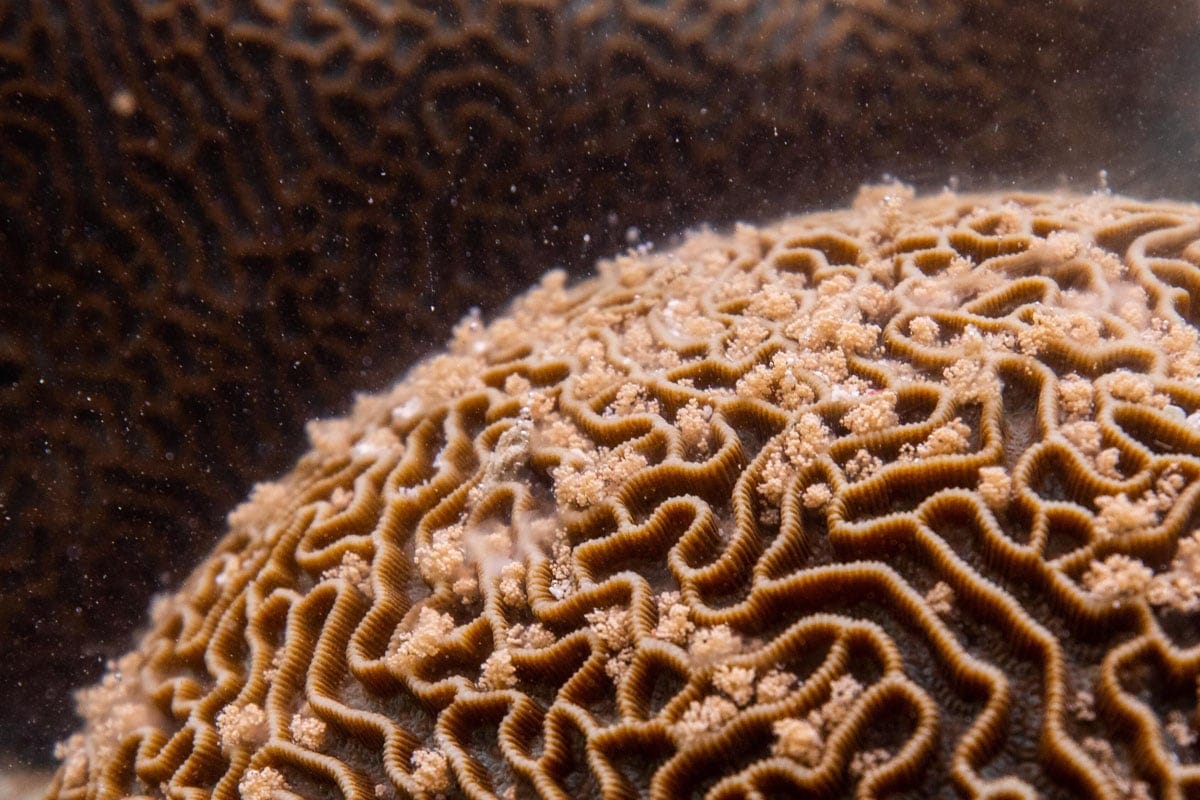
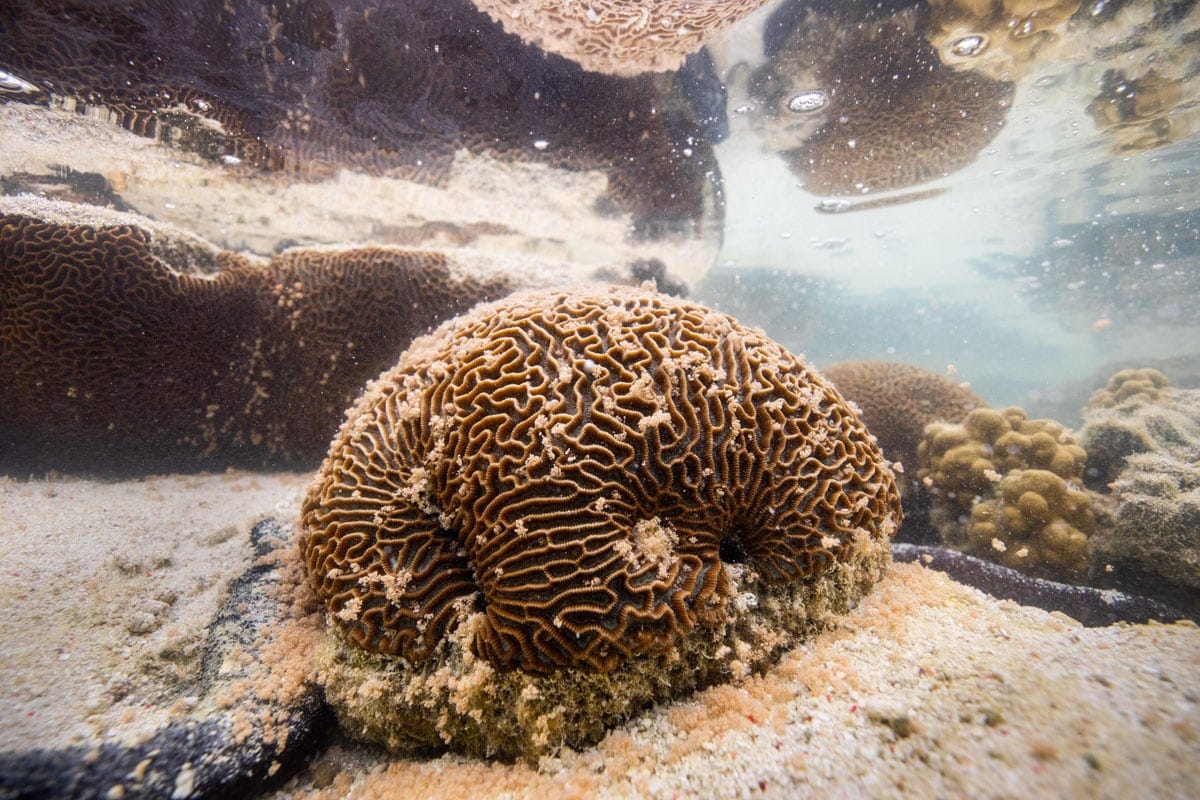
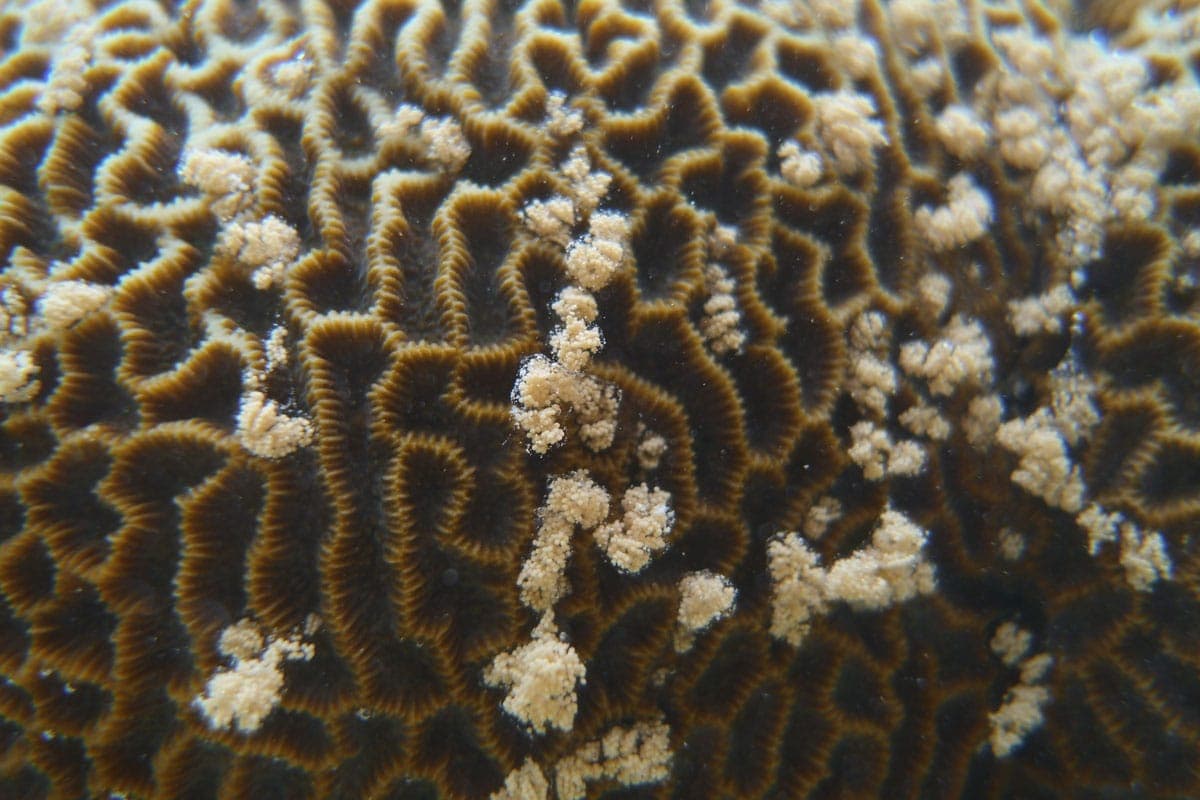
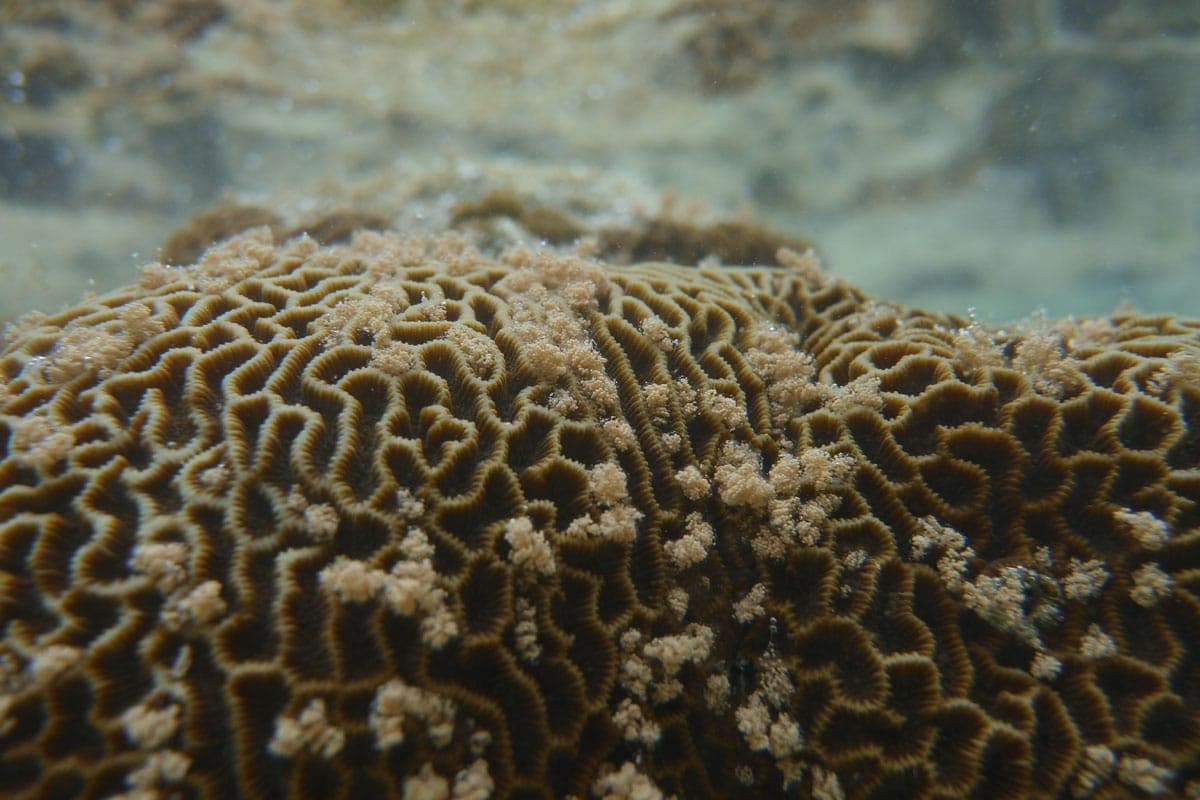




Source: www.gbrmpa.gov.au
*Unfortunately, we cannot guarantee sightings of wildlife or marine life

 Snorkel & Dive
Snorkel & Dive Sustainability
Sustainability